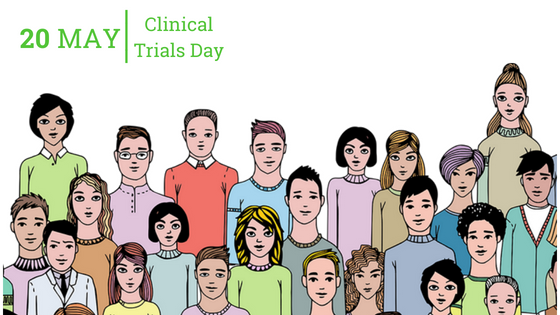What is a Randomized Clinical Trial?

- What is a randomized clinical trial? What is a randomized controlled trial? Is there any difference between the two or are they interchangeable? What is the purpose of randomization and how is it done?
There are so many questions that spring to mind when it comes to randomization in clinical trials. The short descriptions you find when you search for clinical trials on FindMeCure often read like encrypted memos for medical professionals or at least people who are in on the researcher’s jargon. We realize that no everyone immediately understands what a “randomized double-blinded clinical trial” stands for. However, we want everyone to have the knowledge they need in order to make informed decisions about their health.
Since the very beginning, FindMeCure’s mission has always included educating people about clinical trials. Healthcare should be a common good and spread the knowledge about medical advancements and how to be a part of it is the role we took upon ourselves. This is why we’ve decided to go more in depth about the terminology researchers use when describing their trials. We already talked about blinding and naturally, now it’s time we explained randomization, so let’s start with the important questions.
What is randomization?
To put it simply, randomization is a way to reduce accidental bias when testing a new treatment. In a clinical trial, there are usually two or more groups of participants. The treatment in development can be tested either against placebo or against another already established treatment (since new drugs aim to show better results than already available treatments – that’s the point of CTs after all).
Randomization is a process that resembles tossing a coin… albeit often using a software developed for that specific purpose. It makes it so both (or more) groups are made up of diverse participants randomly allocated to either of the group.
What is a randomized controlled trial (RCT)?
So, remember how usually there are two or more groups in a clinical trial? Well, sometimes these groups are all given different treatments in development and other times one group is given the treatment in development, while the other is given placebo or a treatment already approved by the FDA – the second group is called a control group.
A clinical trial is a randomized controlled trial only when participants are randomly allocated to the group receiving the treatment and a control group. What participants are allocated among groups receiving different treatments the clinical trial is simply called a randomized trial.
What kinds of randomization are there?
Randomization can be a done a few different ways and by the time we’re done describing them, hopefully, we’ll have answered the question of what purpose there is to randomization in the first place.
Simple randomization
When participants are assigned to a particular group completely at random. For example, if there are two groups simple randomization can be done by assigning every participant a random number and be determining which number stands for which group (even numbers go to group 1, odd number – to group 2). This type of randomization works when there is a significant number of participants. However, when the sample size is small this method can lead to uneven distribution among groups.
Block randomization
A way around this setback is block randomization. Blocks keep the number of participants in all groups similar and the size of the block is usually a multiple of the number of groups – 2 groups means a size of 4, 6, 8 and so on. But while this method ensures the similar number of participants in all groups of the trial, the groups can end up having too many differences which skew data. For example, one group can be made up of predominantly elderly people, or people of a certain gender, race or ethnicity. And as we have already talked about it, sometimes this characteristics actually matter when it comes to how someone responds to medication. All of this factors and more are called “covariates” within the study. In order to ensure more diversity, a different type of randomization can be implemented.
Stratified randomization
An attempt to control the influence of covariates on the results of the trial. The researchers first identify the covariates that could influence the data. Then they create blocks for each combination of these covariates – age, gender, secondary diseases, previous treatments… anything that can play a role in how a person responds to treatment. Then, after every participant has been assigned to a block, simple randomization is done within the block to allocate the participants to one of the groups. There is a setback to this method too, however, as it can only be performed if every participant has been identified previously to group assignment. The thing is, enrollment in a clinical trial usually doesn’t work like this – participants are usually enrolled one at a time and their exact final number can only be guessed.
Covariate adaptive randomization
For small to medium-sized samples this problem can be solved by covariate adaptive randomization. In order to assure every group is similar in terms of covariates, using this method each new participant is assigned to a particular group depending on the covariates of the participants previously assigned.
Randomized clinical trials ensure that the two (or more) groups are comparable and there is no allocation bias that could skew the results of the trial. It is a step towards diversity in medical research. And though we have a long way ahead of us before, by acknowledging the role our differences play in our medical needs we set in the direction of providing better, more inclusive healthcare for everyone.
Article by Nelly Katsarova


[…] even talked about randomization in clinical trials but until now we hadn’t really explained what ‘blinding’ means when it refers to […]